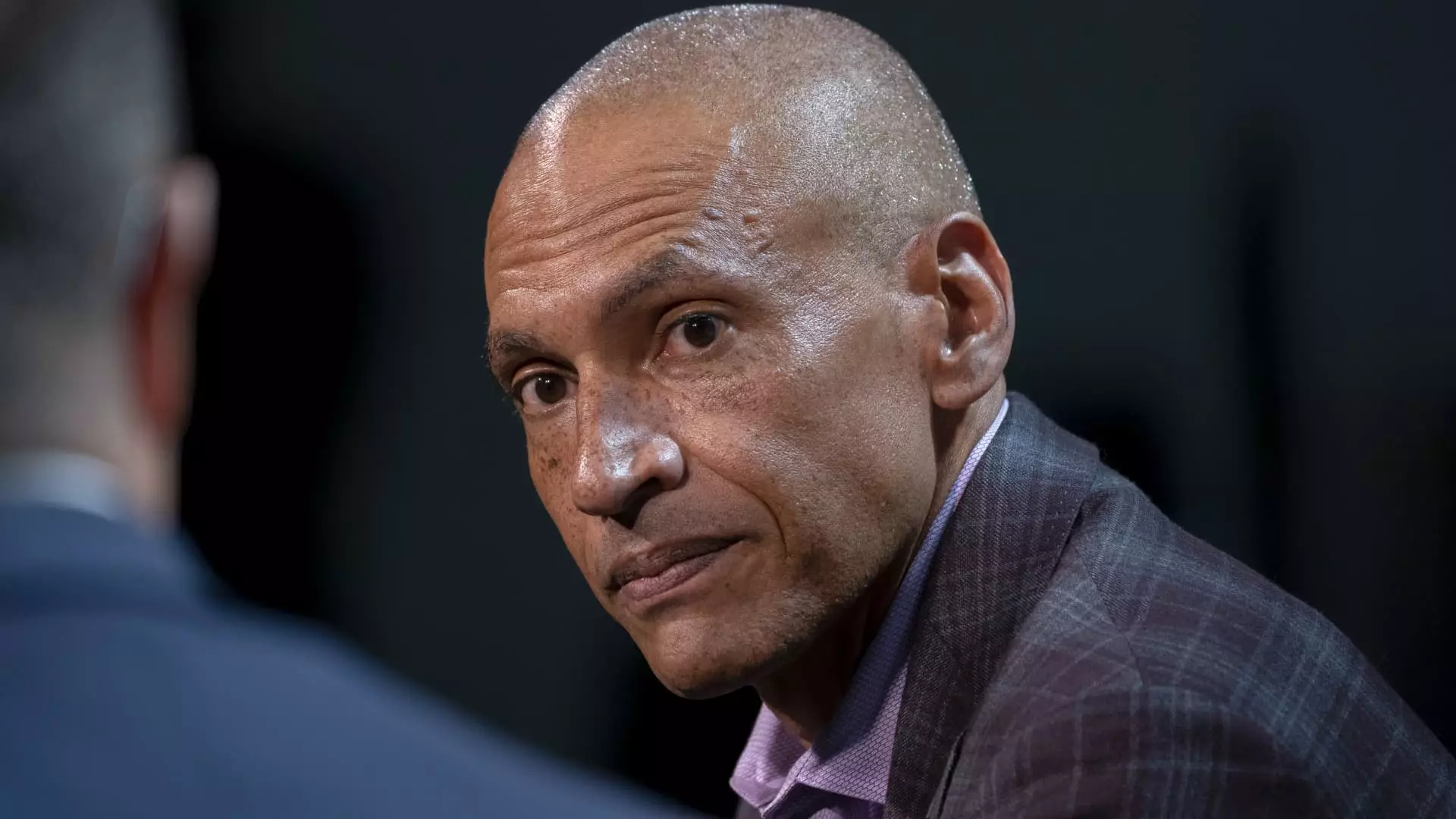In a noteworthy shift within Microsoft’s corporate structure, Chris Young, the head of business development, has announced his resignation after a four-year tenure. This decision comes at a critical juncture for the tech giant, especially following its monumental acquisition of Activision Blizzard, which has been a significant milestone in the company’s history. Young’s exit raises questions about the future direction of Microsoft’s business development strategy and who will step into such a pivotal role.
Young, who joined Microsoft in 2020, has a rich pedigree in the tech industry. With a substantial background as the former CEO of McAfee, he orchestrated the company’s separation from Intel, showcasing his capability in managing complex transitions. His earlier experiences at Cisco and RSA further solidified his reputation as a seasoned executive capable of driving growth and innovation. At Microsoft, he was a member of the senior leadership team, which included notable figures like CEO Satya Nadella and CFO Amy Hood. Young’s influence was pivotal in steering the company towards significant partnerships, including an expanded collaboration with OpenAI, which emphasizes Microsoft’s commitment to artificial intelligence and innovation.
Young’s resignation not only signals a shift in leadership but also poses implications for ongoing ventures, particularly the $68.7 billion acquisition of Activision Blizzard. This acquisition marks Microsoft’s largest financial undertaking, and ensuring a seamless integration of the gaming giant into its business strategy will be crucial. The uncertainty following Young’s departure raises concerns about continuity and strategic alignment within the team’s vision, especially since no immediate successor has been named.
As one of Microsoft’s highest-paid executives, with a reported compensation package of $12 million in the fiscal year 2024, Young’s financial impact on the company is substantial. His leadership extended over M12, Microsoft’s corporate venture capital unit, which supported various startups in the tech ecosystem. The strategic investments made under his guidance have positioned M12 as a key player in fostering innovation. Furthermore, Young has been a vocal advocate for diversity and inclusion, emphasizing the importance of these values within the technology sector, especially at a time when many major companies, like Amazon and Meta, are reevaluating their DEI initiatives.
With Young’s departure, Microsoft faces a transitional period that could influence its future strategies in venture capital and partnership developments. The company’s ongoing efforts to leverage artificial intelligence and maintain competitive edges in gaming and technology may be tested in the absence of Young’s leadership. Moreover, the tech industry’s growing emphasis on diversity and inclusion will require a consistent and dedicated approach from Microsoft’s leadership team.
As Microsoft embarks on this new phase, it must navigate the challenges posed by leadership changes while building on the foundation laid by executives like Chris Young. The evolution of senior leadership roles often changes corporate trajectories, and how Microsoft addresses these ongoing transformations in the coming months will be critical to its continued success in the competitive tech landscape.

